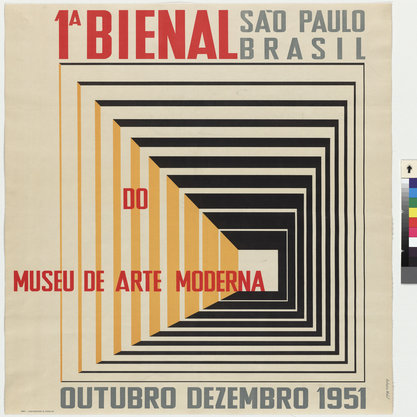Article
Peláez, Amelia (1886–1968) By Sepúlveda, Asiel
Article
Amelia Peláez is one of Latin America’s leading artists of the twentieth century. After her return to Cuba from Europe in 1934, Peláez began to apply the modern artistic practices learned in the Old World to local forms and looked to formulate a modern expression of lo cubano (that which is Cuban). Her work reached maturity in the early 1940s with the artist’s formulation of barroquismo in a Cuban context. During this period, Peláez painted still lifes, architectural arrangements, and female figures often presented amidst intellectual pursuits. Peláez’s notion of Cuba was that of a white, urban, Catholic, middle class whose nineteenth-century homes were adorned with stained glass windows, intrinsic iron work, tropical flowers, and fruits.

